Malaysian Beetles
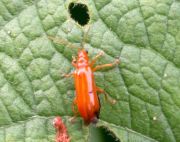 | 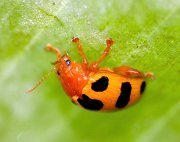 | 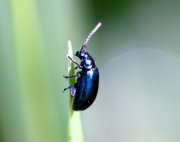 |
Interesting Beetles of Malaysia
You will most likely see some species of the amazing and lovely Malaysian beetles by just taking a leisurely walk in the gardens, parks or rainforests of the country.
You can see them flying about from plant to plant, and feeding or resting on leaves and flowers.
They come in a variety of attractive body colors, sizes, features and designs.
Some of these beetles of Malaysia have bright, dazzling colors that usually serve as warning signs to predators to keep away.
But you will also come across some others that have unique and subtle body colorations that help as camouflage to catch prey, as well as to hide from their natural predators.
And do know that some of these beetle species tend to release foul smelling liquid when disturbed or threatened.
So do be careful.
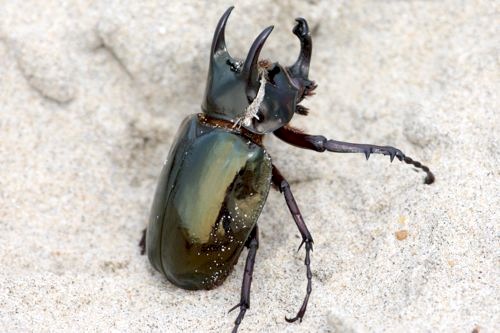 | 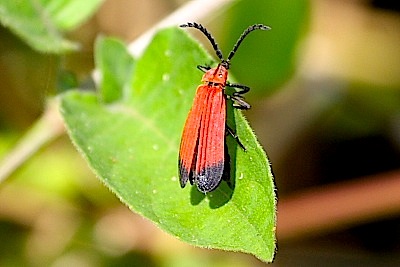 | 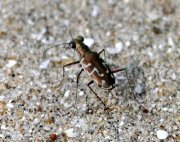 |
Undiscovered Species of Beetles of Malaysia
Beetles belong to the Coleoptera order of Insects. This is the most diverse and largest group in the insect empire and there are more species of beetles than any other insects on Earth.
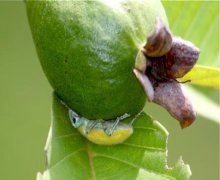 |
They range in size from small pin-head sized adults, like some leaf beetles, to big creatures, like the rhinoceros beetle, that may fill the palm of one's hand.
Still, it is believed that there are many times more of the Malaysian beetle species yet to be discovered than those already known currently.
This is especially so of the vast, unexplored, virgin, tropical rain-forests in the Malaysian states of Sarawak and Sabah, where scientists and entomologists regularly find new and amazing species of these insects.
Some Features of Malaysian Beetles
The Malaysian beetles are holometabolous, that is, they go through a complete metamorphosis stages of egg, larva, pupa and adult lifecycle. Their larvae are generally known as grubs.
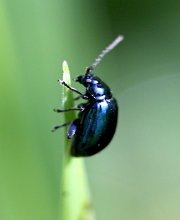 |
If we look closely, we will find that the forewings of beetles are hardened to form an outer wing case, sheath or cover, known as the elytra.
This pair of front wings is not used for flight, but serves as a protective shell for the delicate hind wings.
Perhaps one of Malaysia's most interesting beetles is the firefly. It is able to produce light from a light-emitting organ located at the high-end or tip of its abdomen.
And in the darkness of night, the glitter of their lights along the riverbanks never fail to amaze tourists and visitors to the country.
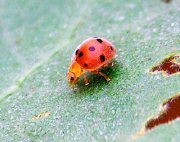 | 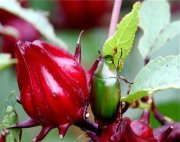 | 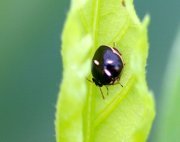 |
Their Important Role in Nature
Many species of the Malaysian beetles are beneficial economically, although there are some species which are pests to the agricultural and other sectors.
While we tend to only see the little destruction that they do, beetles actually do more good than bad.
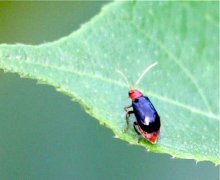 |
For instance, dung beetles disintegrate and bury animal dung, and feed on decomposing animal flesh.
Like the ants, flies and cockroaches, they help to break down much of the dead animal and plant matter that keep accumulating day by day.
If not for these wonderful God created insects, the world will be a filthy place to live.
Like other Malaysian insects too, such as the butterflies, bees and wasps, they help to pollinate plants and trees when they move from one plant or tree to another, to feed.
And do know too that some species also help as a natural pest control, eating those smaller harmful species of insects as prey.
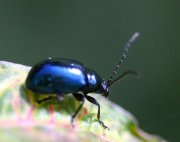 | 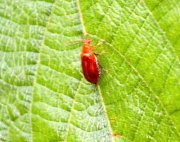 | 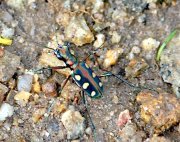 |
Why Do We Need To Preserve Their Habitats?
Well, there are several species of these Malaysian beetles that feed only on one or a certain type of plant.
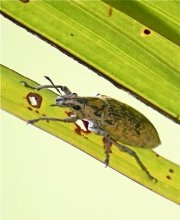 |
Being tiny, if we disturb and destroy their habitat, they cannot fly very far to search for their food plant elsewhere in a new area.
Or if they could, in the searching process they will be unprotected from their natural predators.
So it is very important and critical for us humans to ensure that we maintain tracts of their habitat forest to preserve their species.
So that future generations of humans can still observe and be delighted by these wonderful, amazing creatures of God.
Smile.
Return here from Malaysian Beetles to Insects of Malaysia webpage.
Return here fromMalaysian Beetles to Malaysia Wildlife and Nature homepage.
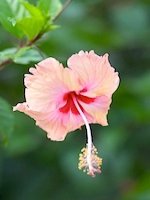 |
Hibiscus
Malaysia's National Flower
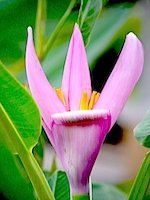 |
Flower of A Banana Plant
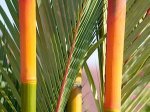 |
|
|
And among His Signs is the creation of the heavens and the earth, and the living creatures that He has scattered through them: and He has Power to gather them together when He wills. There is not an animal (that lives) on the earth, nor a being that flies on its wings, but (forms part of) communities like you. And God has created every animal from water: of them there are some that creep on their bellies; some that walk on two legs; and some that walk on four. God creates what He wills for verily God has power over all things.
|

|








